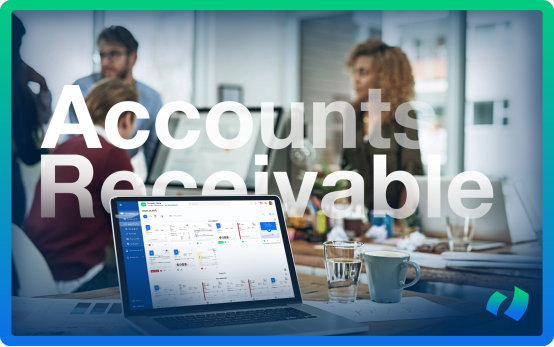Late payments remain a major challenge for small businesses, but accounts receivable software equipped with automated reminders can help maintain timely collections and reliable cash flow. This article explores its benefits, key features, implementation approaches, and common mistakes to avoid.

Understanding Accounts Receivable Software with Payment Reminders
Accounts receivable software enables companies to efficiently monitor unpaid invoices and incoming payments. Its primary purpose is to provide accurate visibility into customer debts, which is essential for financial stability. When paired with automated reminders, the software acts as a proactive communication tool, notifying clients about upcoming or overdue bills.
Reminders, typically sent via email or SMS, reduce missed payments while saving staff time. Automating these follow-ups ensures consistent cash inflows and simplifies overall financial management.
Key Benefits of Using Payment Reminder Software
The most notable advantage is improved cash flow. Timely notifications help minimize payment delays, ensuring a steady revenue stream to cover operational expenses.
Time savings is another benefit. Staff can focus on strategic tasks while the system manages reminder communications automatically.
The software also enhances client relationships. Prompt, professional reminders encourage timely payments without straining trust, often boosting loyalty and satisfaction.
Important Features to Consider
When selecting software, automation flexibility is critical. Businesses should seek platforms with customizable reminder schedules—immediately after due dates, weekly, or tailored to specific requirements.
A user-friendly interface facilitates smooth adoption, and integration with accounting or ERP systems minimizes errors and supports efficient operations.
Advanced reporting and analytics provide insights into overdue accounts, cash flow forecasts, and payment trends. Reliable customer support ensures uninterrupted functionality.
Selecting the Right Solution
The choice of platform depends on business size and operational complexity. Smaller firms may need only core features, while larger organizations may require advanced analytics and system integration.
Cost considerations are important, as most platforms are subscription-based. Scalability should also be considered to accommodate future growth.
User reviews and independent comparisons can help assess reliability, and free trials allow businesses to evaluate usability before committing.
Common Mistakes to Avoid
Insufficient staff training is a common pitfall. Without proper onboarding, employees may not utilize the system effectively, limiting ROI.
Poor follow-through is another issue. Automated reminders require proper configuration and ongoing monitoring to work effectively.
Outdated client data can cause billing errors and reduce accuracy. Regular audits ensure information remains reliable.
Effective Implementation Strategies
Successful implementation begins with clear, measurable goals, such as reducing overdue invoices or shortening payment cycles.
Involving finance and operations teams ensures alignment with actual workflows. Establishing KPIs, like reminder response rates and collection times, enables performance tracking.
Periodic evaluations refine processes and ensure the system continues to meet financial objectives.
Final Thoughts
Accounts receivable software with automated reminders provides a practical solution for businesses facing late payments. It enhances operational efficiency, strengthens client relationships, and stabilizes cash flow. With proper platform selection, training, and careful implementation, companies can achieve smoother invoicing and long-term financial stability.
